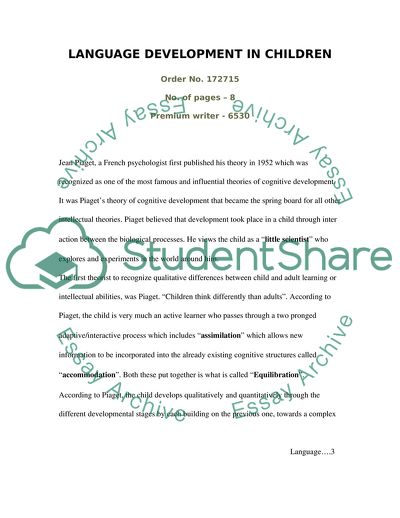Cite this document
(Language Development in Children Literature review, n.d.)
Language Development in Children Literature review. Retrieved from https://studentshare.org/psychology/1707965-language-development-in-children
Language Development in Children Literature review. Retrieved from https://studentshare.org/psychology/1707965-language-development-in-children
(Language Development in Children Literature Review)
Language Development in Children Literature Review. https://studentshare.org/psychology/1707965-language-development-in-children.
Language Development in Children Literature Review. https://studentshare.org/psychology/1707965-language-development-in-children.
“Language Development in Children Literature Review”. https://studentshare.org/psychology/1707965-language-development-in-children.


